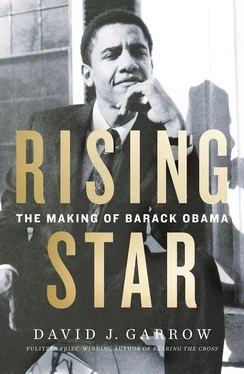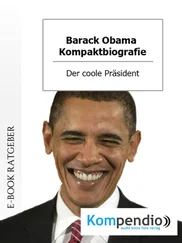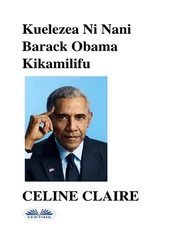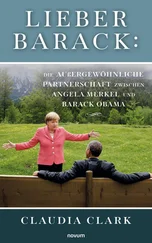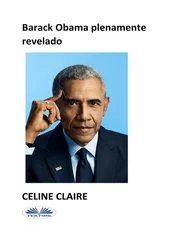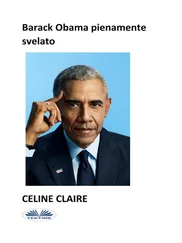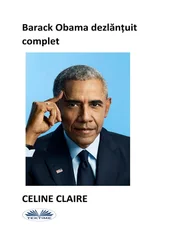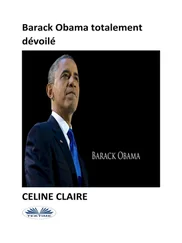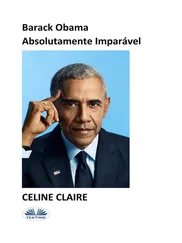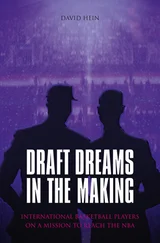The former Wisconsin workers were not alone. At South Works, most of the south half of the mill had been demolished during the previous winter, and the remaining workforce was static at eight hundred. The Southeast Side’s third major mill, Republic Steel, on the East Side, had a storied history—ten striking workers had been shot dead by Chicago police on Memorial Day 1937. By the mid-1970s, however, it was known to suffer from a “morale problem,” and longtime United Steelworkers Local 1033 president Frank Guzzo “throws up his hands when discussing the increasing number of men who are drinking on the job.” The consequences were severe: in early 1976, 46 percent of the steel shipped from Republic was “rejected because it was not up to standards,” a problem Frank Lumpkin had also seen at Wisconsin.
As of early 1982 Republic had an active workforce of five thousand, but eighteen months later that number had been halved. Then, in early 1984, Republic was bought by the Ling-Temco-Vought (LTV) conglomerate, which six years earlier had acquired Youngstown Sheet & Tube in Ohio. Guzzo tried to put a bright face on the move, but workers grew increasingly unhappy with Guzzo’s concessionary attitude. In April 1982, Guzzo had won reelection over a young challenger by a margin of 1,167 to 935 in a multicandidate field, but as the April 1985 election neared, a different outcome loomed.
Guzzo’s top challenger both in 1982 and three years later was thirty-year-old Maury Richards, a tall, physically imposing man who was attending law school part-time and who in 1984 had mounted a credible insurgent challenge against an East Side state legislator and bar owner who was a Vrdolyak lackey. When the April 1985 ballots were tallied at Republic, it was clear that an era had ended there as well when Frank Guzzo finished fourth with just 331 votes and Maury Richards prevailed with a plurality of 538. However dim the future might be for steelmaking on Chicago’s Southeast Side, the workers now had a new voice, one almost forty years younger than Frank Lumpkin. 41
As 1985 dawned for Jerry Kellman’s CCRC, Time for XII, and DCP trio, he and Ken Jania were joined by a third organizer, an old IAF colleague of Kellman’s named Mike Kruglik. A 1964 graduate of Princeton University, Kruglik had spent several years as a history graduate student at Northwestern University before shifting into organizing in 1973. He spent the mid-1970s working in Chicago, but by 1979 Kruglik was in San Antonio, Texas. Then, late in the fall of 1984, the Roman Catholic Church’s national Campaign for Human Development committed at least $42,000 to CCRC for 1985, and Kellman invited Kruglik back to Chicago to take the lead in building DCP. Several months later the Woods Fund, which had just designated community organizing as its “primary interest,” indicated that it would provide a further $30,000 to support CCRC and DCP salaries.
When Ken Jania was offered a much better paying job and left CCRC in March, Kellman asked Adrienne Jackson, who had been conducting parishioner interviews as a volunteer, to come on board full time, and she took up outreach to new churches. Mike Kruglik focused on expanding DCP’s reach across Greater Roseland; a public meeting at St. Thaddeus parish just south of 95th Street attracted both the 21st Ward alderman and Nadyne Griffin, an energetic woman in her late forties who had lived in the Lowden Homes town house project north of 95th Street for many years. She took an immediate liking to Kruglik, but other DCP members, who already found Kellman’s hard-driving style to be grating, thought Kruglik was just more of the same.
In late April or early May, the tensions came to a head. “My compadres felt Mike was kind of pushy,” St. Catherine deacon Dan Lee remembered. “So one night we had a little caucus, and it was just us. Mike wasn’t there, Jerry wasn’t there.” The small group agreed that “we are talking about black issues,” Dan recounted. “When we talk to Mike, it’s like we can’t get through…. We need a black person to be our mentor. We need a black person…. Let’s talk to Jerry.” Dan, Loretta Augustine, and Yvonne Lloyd went to Kellman. “Nothing against Mike, but we want somebody black over here because we are black,” Dan recalled. Kellman didn’t argue. “Okay, if that’s what you want, that’s what I’ll do.” From 1980 forward, the entire UNO and CCRC organizing effort had failed to employ an experienced black organizer; only parish volunteer Adrienne Jackson, just added to staff, was African American.
Kellman tried to make good on his commitment, but no plausible candidates could be found. “Jerry was busting his behind to find a black organizer,” CCRC’s Bob Klonowski recalled, but was “just having no luck.” Reluctantly, Kellman asked the DCP members to stick with Kruglik after all, but Loretta Augustine took the lead in saying no: “He’s not what we feel we need.” Loretta was “a very strong-willed person,” her colleagues knew, “very outspoken … if she didn’t like something, she let you know,” and her verdict on Kruglik was final.
But it was Father John Calicott, the African American associate pastor from Holy Name of Mary, who hammered the point home most forcefully. Calicott had seen the same pattern too many times before throughout the Chicago archdiocese. “I just had a problem with white folks always figuring that they knew more about what to do for us than we did,” he later explained. He had had the same reaction when he first met Kellman. Jerry was “well intentioned, really wants to do the right thing, but cannot hear,” Calicott recalled, and when Kellman had first introduced Kruglik to the DCPers, the same dynamic reoccurred. Calicott posed several questions, asking, essentially, “Are you willing to listen to our ideas?” In essence Mike replied, “ ‘Well, yes, but you know, this is the way we’ve done it before, and we know this is going to work.’ ” That “really left a bad taste in my mouth,” Calicott recounted.
When Kellman again asked them to accept Kruglik, and Loretta said no, Calicott spoke up to second Loretta’s refusal: “Let’s get somebody who knows us!” As Loretta vividly recalled, Calicott didn’t stop there. “The priest pointed his finger at Jerry, and he said, ‘I don’t know where you’re looking, but there’s got to be somebody out there who looks like us and thinks like us and understands our needs. So wherever you’ve been looking, you go back and look again.’ ” Yvonne Lloyd remembered those five words just as Loretta did: “go back and look again,” but “Jerry was livid,” Loretta recalled. Kellman insisted he would not jettison Kruglik, and Calicott said fine, but not for DCP. “The whole room was just absolutely quiet,” Loretta remembered, but Kellman agreed that he would look again.
Mike Kruglik was not happy about what had happened. “The people said, ‘We don’t want you because you’re not black,’ ” he acknowledged years later. Kellman, feeling “desperation,” told CCRC clergyman Bob Klonowski he would shift gears and advertise for a “black organizer trainee” in addition to an experienced organizer. Since the late 1970s, a little-known national organization called the Community Careers Resource Center had published Community Jobs, a small newsprint magazine comprised mainly of want ads that came out ten times a year. Community Jobs did not have many individual subscribers, but many university and public libraries paid twenty dollars a year to subscribe. It was not a publication they saw any point in retaining—who could possibly want to read job ads from 1985?—and so a quarter century later only one single library would still possess the June 1985 issue containing the job ad that Jerry Kellman submitted.
Community Jobs organized its ads geographically, so on page 3, under a large “Midwest” heading and directly below an ad for “Canvass Director, North Dakota,” appeared Jerry Kellman’s ad with a boldface title, “Two Minority Jobs Chicago.”
Читать дальше
